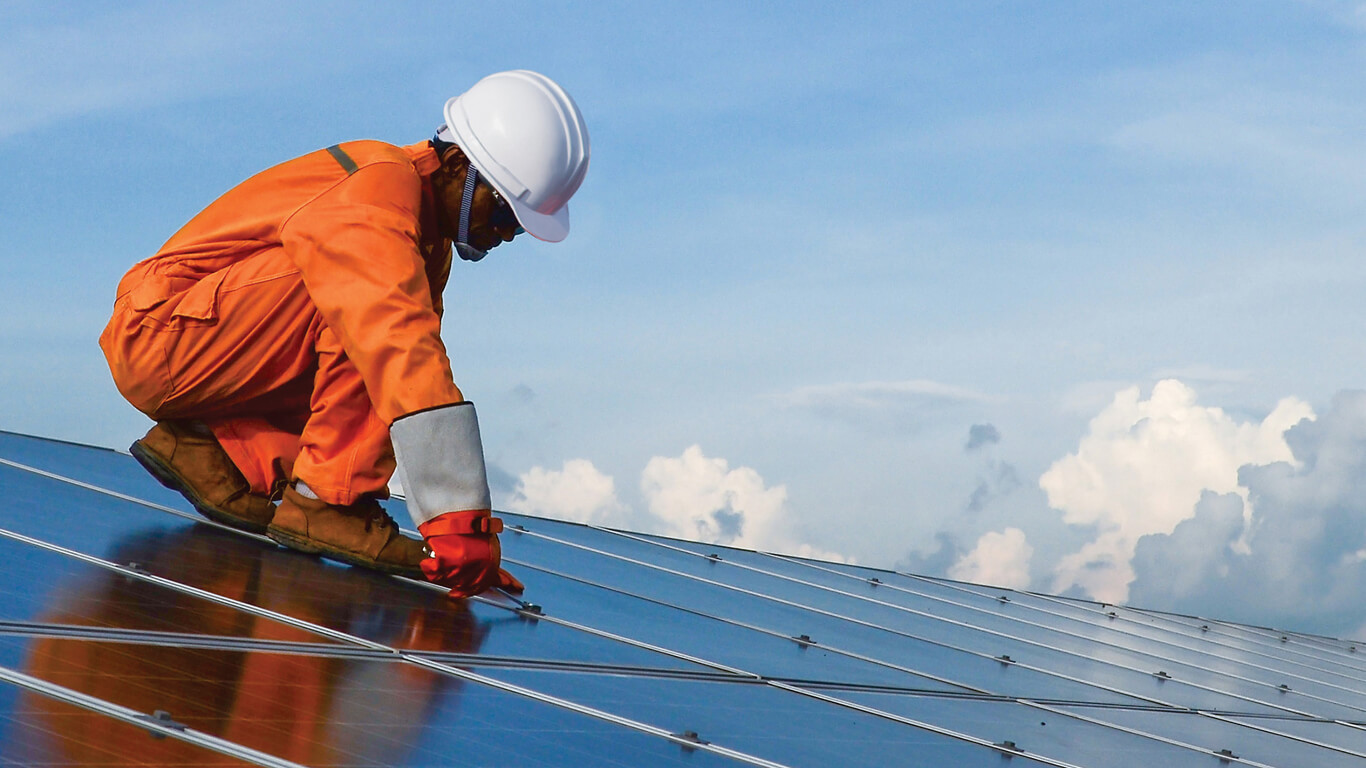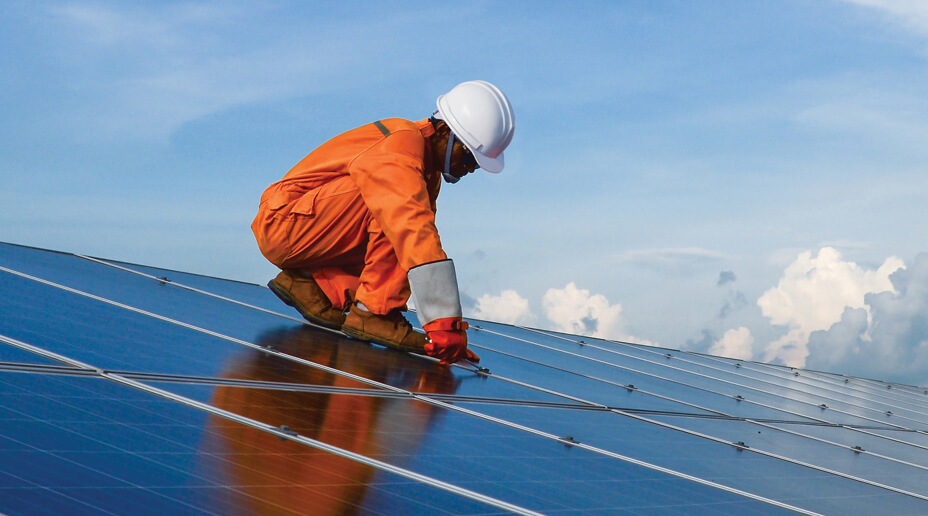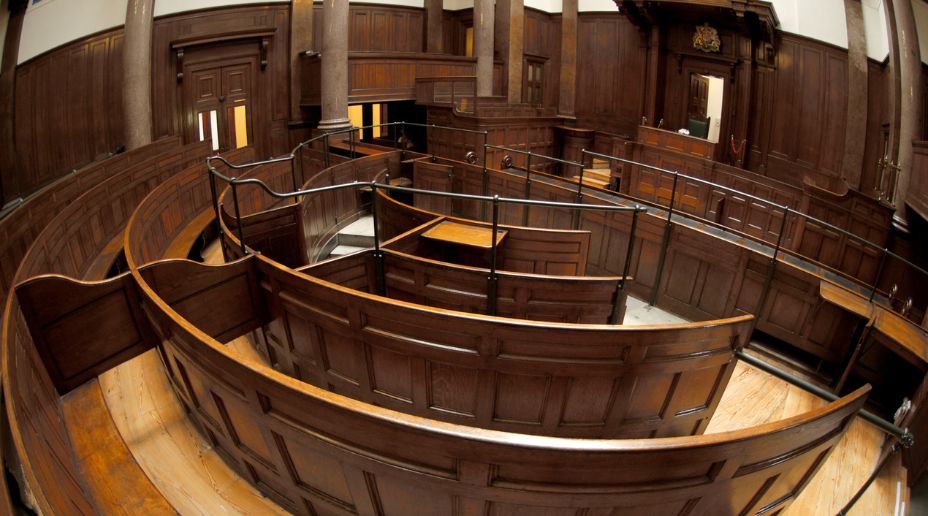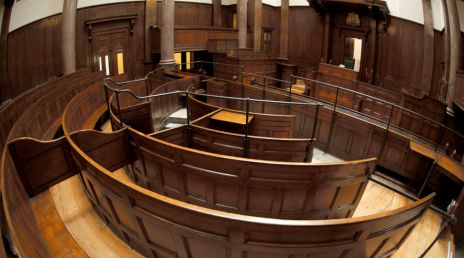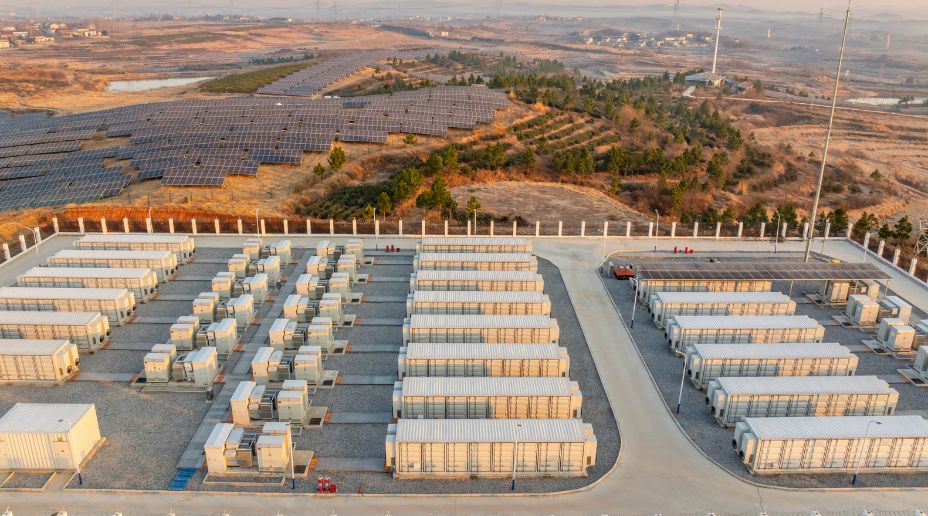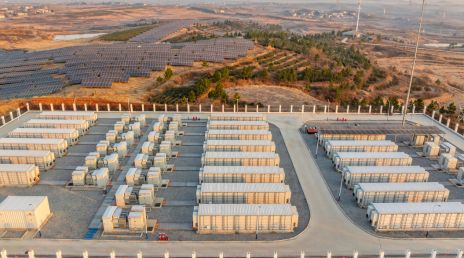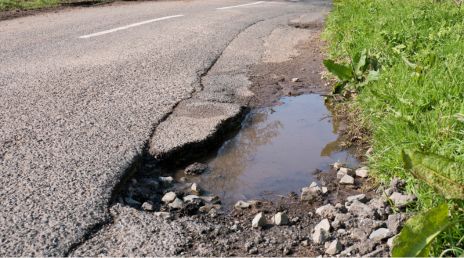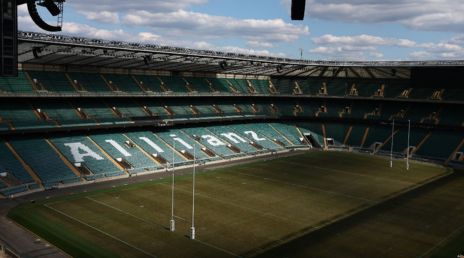This relates to the way solar equipment is installed. Inadequate and unsafe installation of solar equipment pose significant dangers, both in terms of financial implications and potential threats to life. Incorrect installation, whether on the ground or roof, increases the risk of panels dislodging during storms or high winds. On roof mounted installations this can also impact the structural integrity of the building.
Ground mounted solar PV installations ideally should be fixed to the ground using adequate concrete solutions, such as concrete shoes, with piled or screw foundations. If the piles or screws have been installed appropriately, this is the securest mounting method, improving the likelihood that solar equipment will withstand severe weather events.
Where the land is not suitable for piled foundations (such as areas of archeological significance or decommissioned quarries), ballasting systems, whereby installations are secured by stone, can be an ideal alternative. However, for a ballast system to effectively ensure the integrity of a solar array, wind load calculations must have been conducted to identify the specific amount of ballast required and ensure that sufficient load margins are incorporated.
The integrity and positioning of the ballast should be regularly monitored as, overtime, ballast has a tendency to shift and become unstable. This compromises the system and makes the solar array more susceptible to damage by weather events. As these weather events are intensifying, the requirement for the safe mounting of solar panels is becoming increasingly important.
